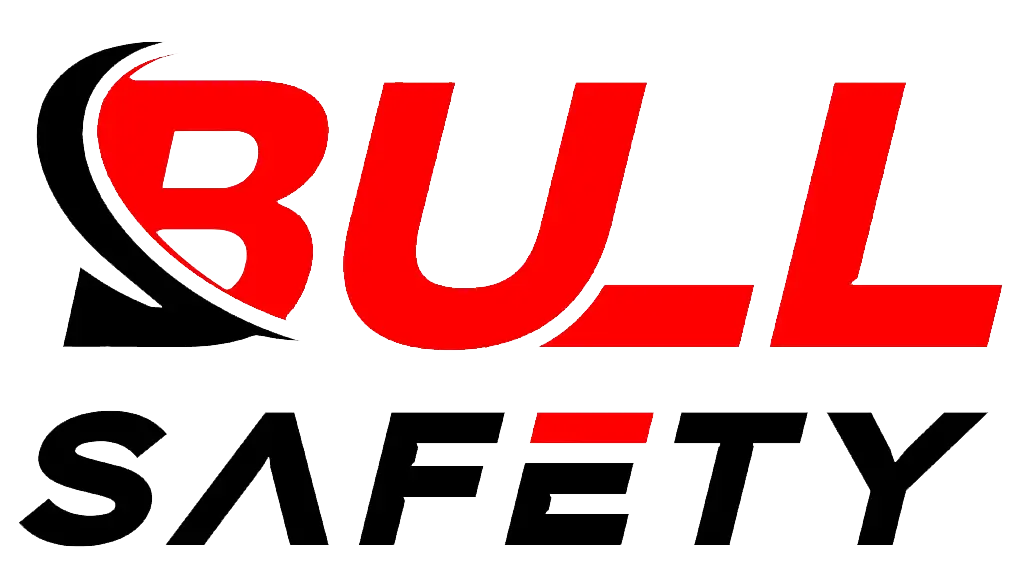Hand injuries in the workplace are far too common. Getting cut can be painful, costly, and lead to lost work time. Cut-resistant gloves offer straightforward, effective protection against these sharp hazards.
You need cut-resistant gloves primarily to protect your hands from cuts, lacerations, and punctures caused by sharp objects like metal, glass, or blades. They significantly reduce injury risk, enhance safety, and are often more durable than standard work gloves.
Protecting your hands might seem like common sense, but choosing the right protection, like cut-resistant gloves, is crucial. I’ve seen firsthand how a simple precaution can prevent a serious injury. Let’s look closer at why these gloves are so important and when you absolutely should be wearing them. My experience in manufacturing has shown me time and again that safety gear is non-negotiable.
Why are cut-resistant gloves important?
Thinking "it won’t happen to me" is easy when handling sharp items. But even a small slip can cause a nasty cut needing stitches or causing infection. Understanding the real importance motivates consistent use.
Cut-resistant gloves are vital because they drastically reduce the frequency and severity of hand injuries from sharp hazards. They help ensure compliance with safety regulations, give workers peace of mind, and improve overall workplace safety culture.
Let’s break down why their importance can’t be overstated. First and foremost is injury prevention1. Hands are complex tools we rely on constantly. Cuts, deep lacerations, or even punctures from things like sharp metal edges, glass shards, or utility knives can lead to nerve damage, infections, lost work time, and significant medical costs. I remember a case where [brief personal story about witnessing or hearing about a preventable hand injury]. These gloves act as a critical barrier. Second, they reduce injury severity2. Even if a very sharp object manages to get through, the glove often absorbs much of the force, making the resulting injury less severe than it would have been on bare skin. Third, they contribute to compliance and safety culture3. Employers have a responsibility to provide a safe working environment, which includes appropriate Personal Protective Equipment (PPE). Providing and enforcing the use of cut-resistant gloves where needed fulfills this duty and shows commitment to worker safety. Lastly, thanks to modern materials, many cut-resistant gloves offer good dexterity and comfort, meaning safety doesn’t have to significantly hinder job performance. They are also often more durable than regular gloves when facing rough materials, which is something I’ve noticed from suppliers like Bullsafety who specialize in them.
Does OSHA require cut-resistant gloves?
Knowing the official rules can be confusing. People wonder if specific gloves are mandatory or just recommended. Misunderstanding this can lead to unsafe practices or compliance issues.
OSHA doesn’t mandate specific cut-resistant gloves by name, but its Hand Protection standard (29 CFR 1910.138) requires employers to select and provide appropriate hand protection when workers face hazards like severe cuts or lacerations. Cut-resistant gloves often become necessary to meet this requirement.
So, while OSHA might not list "Brand X Cut-Resistant Glove Level 5" in its regulations, it does have clear rules about protecting workers’ hands. The key regulations here are:
- 29 CFR 1910.1324 (Personal Protective Equipment – General Requirements): This standard requires employers to perform a hazard assessment of the workplace to determine if hazards are present that necessitate the use of PPE.
- 29 CFR 1910.1385 (Hand Protection): This standard specifically requires employers to select and have employees use appropriate hand protection when their hands are exposed to hazards such as those from skin absorption of harmful substances; severe cuts or lacerations; severe abrasions; punctures; chemical burns; thermal burns; and harmful temperature extremes.
The crucial step is the hazard assessment. The employer must look at the tasks being done, identify potential hand hazards (like handling sharp metal, glass, blades, rough materials), and then select PPE that will protect against those specific hazards. If the assessment identifies a risk of cuts or punctures, then appropriate cut-resistant gloves must be selected and provided to employees at no cost. They also need to train employees on when and how to use them. So, indirectly, yes, OSHA requirements often lead to the mandatory use of cut-resistant gloves in many situations. It’s about assessing the risk and providing the right protection.
When Should You Wear Cut-Resistant Gloves?
Okay, we know they’re important and often required. But maybe you think your specific job doesn’t involve "obvious" sharp objects. Forgetting or misjudging risk leads to accidents during unexpected tasks.
You should wear cut-resistant gloves whenever your hands might encounter sharp edges or materials. This includes handling sheet metal, glass, sharp plastics, blades, knives, ceramics, performing maintenance on machinery with sharp parts, or working in industries like construction and waste management.
Identifying specific situations helps make wearing them automatic. Think about these common scenarios where cut risks are high:
- Material Handling:
- Sheet Metal: Fabricating, moving, or installing sheet metal often involves razor-sharp edges.
- Glass Handling: Installing windows, cleaning up broken glass, working in labs.
- Plastics: Trimming flash or sharp edges off molded parts (something Jacky might encounter), handling certain types of rigid plastic sheets.
- Ceramics: Handling broken tiles or sharp ceramic components.
- Tool and Blade Use:
- Knives/Box Cutters: Warehouse work, food prep (butchering, deboning – requires specific glove types), crafts, carpet installation, packaging.
- Utility Blades: Changing blades, scraping tasks.
- Handling Machinery Parts: Maintenance work often involves reaching into areas with sharp components or burrs.
- Specific Industries:
- Manufacturing/Fabrication: Constant exposure to raw materials and parts with sharp edges.
- Construction: Handling rebar, ductwork, metal studs, roofing materials.
- Waste Management/Recycling: High risk of encountering broken glass, sharp metal, medical waste.
- Automotive: Working with engine parts, body panels.
- Food Service: Especially meat and fish processing.
The key is task-based risk assessment. Don’t just think about your job title; think about the specific task you are doing right now. Even a task you only do occasionally might require cut protection. It’s always better to err on the side of caution.
Conclusion
Using cut-resistant gloves is a simple but vital safety measure. They protect your hands from injury, help meet safety standards, and provide durability. Always wear them when facing sharp hazards.
-
Explore this link to understand effective strategies for injury prevention, ensuring a safer work environment for everyone. ↩
-
Learn how cut-resistant gloves can minimize injury severity, protecting workers and enhancing safety protocols. ↩
-
Discover the significance of compliance and safety culture in fostering a safe workplace and protecting employees. ↩
-
Understanding these requirements can help ensure compliance and enhance workplace safety. ↩
-
This regulation is crucial for selecting the right hand protection to prevent injuries at work. ↩



